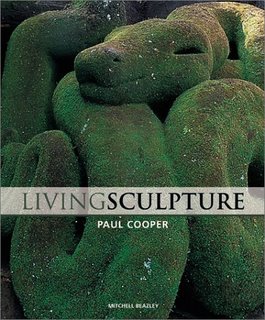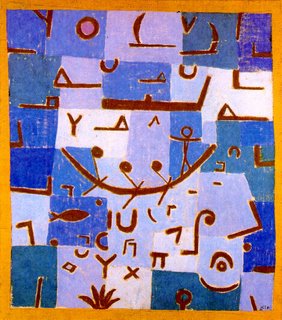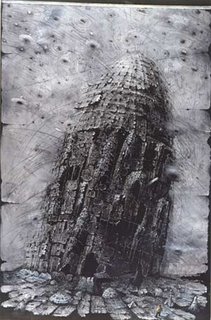Live Art
 Cornell is hosting a number of horticultural art events, so let me mention those, if only to remind myself to attend and write about them (at least the ones I can get to). Enviromental artist Paul Cooper will be giving two seminars. One will be this coming Monday, from 11:15 (am) to 12:05 in Cornell's Plant Science building, Room 404. He will be speaking the following day at the Johnson, from 12:20 to 1:15. From the promotional material:
Cornell is hosting a number of horticultural art events, so let me mention those, if only to remind myself to attend and write about them (at least the ones I can get to). Enviromental artist Paul Cooper will be giving two seminars. One will be this coming Monday, from 11:15 (am) to 12:05 in Cornell's Plant Science building, Room 404. He will be speaking the following day at the Johnson, from 12:20 to 1:15. From the promotional material:Artist and garden designer Paul Cooper has gained an international reputation for his innovative and often radical approach. His highly acclaimed and sometimes controversial portfolio includes private and commercial garden designs, show gardens, sculpture and environmental art. He is the author of four books: Gardens Without Boundaries, Interiorscapes, Living Sculpture and The New Tech Garden.Also, at the Mann Library, you can see the self-explanatory "Art in Horticulture: Exhibit of Work from Hort 201".
On a related note, the Science Cabaret will be holding a art-science-entertainment event entitled "A Curiosity Cabinet of Fantastical Fungal Freaks" next Tuesday. Speakers will be mycologist Kathie Hodge, photographer Kent Loeffler and artist Tim Merrick. This takes place in downtown Ithaca's Lost Dog Cafe, starting at 7pm.
Yes, this is promotion (albeit selective promotion); I'll tell you what I I think about all of this later. Also, anybody interested in avant-garde landscape architecture should check out the blog Pruned. Enjoy.
Labels: sculpture







